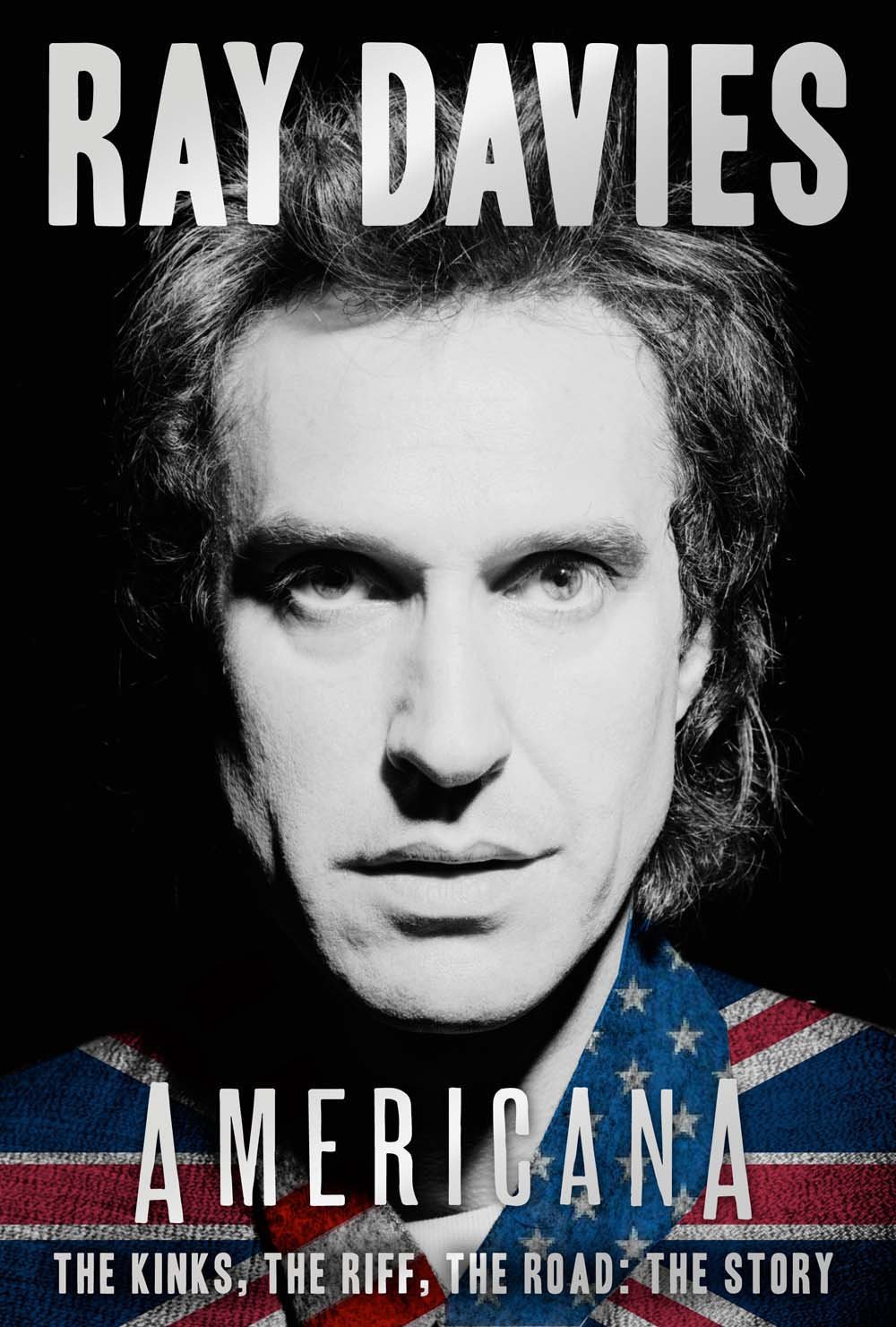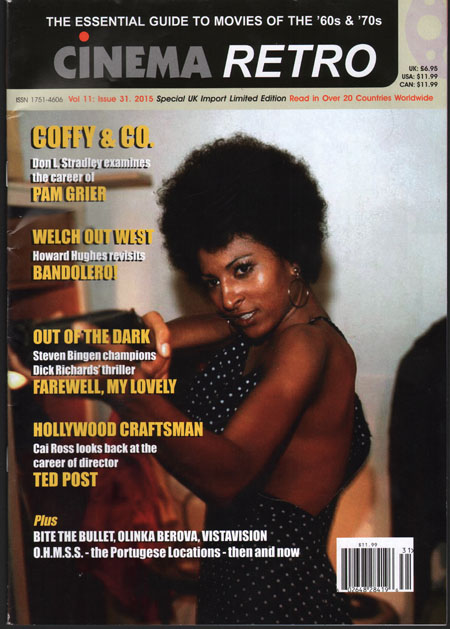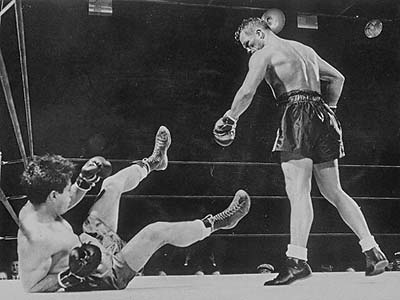
Amira & Sam isn't perfect, but Martin Starr and Dina Shihabi are damned close to it...
by Don Stradley
There is something tantalizing about falling in love with someone from another country, someone whose mind has yet to be saturated by our American bullshit. How fun it must be to meet someone who doesn't care about our nonsense, our TV shows, our vanity, our arrogance, or our silly customs like the Super Bowl.
I thought about this while I was watching Sean Mullin's Amira & Sam, a lovely, uneven, occasionally transcendent little romance about a former Green Beret who is back in America and falling for an Iraqi woman. He's Sam, a decent, serious-minded man who is slowly adjusting to life in America. We first see him working as a security guard in a Manhattan high rise, where he stoically abides a dreary, unforgiving shift. From there, he becomes a reluctant partner at his cousin's hedge fund firm.
Sam's cousin wants him around to help woo former military men as investors. Sam also wants to try stand-up comedy - he has a sense of humor, but the one time we see him at an open mike night he bombs terribly. In a way, he's too smart for the audience, and too smart for his own jokes. Sam is played by Martin Starr, a former member of the Freaks & Geeks cast who has made a career out of playing small roles as misanthropic nerds and techies. He's very fine as Sam, walking a fine line between pathos and anger. He's at his best when he's poking fun at Amira, a young Iraqi woman he's looking after as a favor for an old army buddy. She hates him at first, for she hates all soldiers, but gradually they warm up to each other. They pull off some of the best movie flirting I've seen in years, partly because Sam is shy, and Amira's suspicious. But they are both smart, funny people, and we know they are meant to be together.
Sam's cousin wants him around to help woo former military men as investors. Sam also wants to try stand-up comedy - he has a sense of humor, but the one time we see him at an open mike night he bombs terribly. In a way, he's too smart for the audience, and too smart for his own jokes. Sam is played by Martin Starr, a former member of the Freaks & Geeks cast who has made a career out of playing small roles as misanthropic nerds and techies. He's very fine as Sam, walking a fine line between pathos and anger. He's at his best when he's poking fun at Amira, a young Iraqi woman he's looking after as a favor for an old army buddy. She hates him at first, for she hates all soldiers, but gradually they warm up to each other. They pull off some of the best movie flirting I've seen in years, partly because Sam is shy, and Amira's suspicious. But they are both smart, funny people, and we know they are meant to be together.
Alas, Mullin isn't content to create what could have been an offbeat romance for the ages He also wants to make a movie about America's corrupt ideals. Hence, he creates a secondary plot where Sam's Wall Street cousin turns out to be a fishy character, and Sam goes through guilt at taking part in his cousin's shady business plans. This is where the casting gets odd, for while Star looks like a working class mensch, he apparently comes from a privileged background of WASP snobs. This allows Mullin to set up some easy conflicts, for the snobby family makes dumb cracks about Sam's new Iraqi girlfriend, which sets up a big fight scene, and the ultimate event that sets in motion Amira's deportation. Amira, an undocumented immigrant, was already in trouble for resisting arrest when a cop pulled her in for selling DVD bootlegs in Times Square.
Amira & Sam doesn't quite succeed on all levels, but it has many pleasurable moments. Starr feels like a new discovery, even though he's been around for years. Dina Shihabi, as Amira, is as beautiful as a clear sky, and has a scrappy personality that makes her even more endearing. I wouldn't mind a sequel to this movie, just to see more of Amira and Sam. Mullin's ambition to make a multi-layered film backfired, for the plot about Wall Street, though it provided Starr with some good scenes, really gets in the way of Amira and Sam's romance. I loved how they sit under the Brooklyn bridge, aping the famous tableau from Woody Allen's Manhattan. But instead of arguing about classical composers and novelists, they banter about the merits of Facebook. New York has changed since Woody's prime. In this film, wealthy people urinate on the sidewalk and treat security guards shabbily. The city is still standing, but it feels propped up, its magic gone. For that reason, I'm glad Amira and Sam found each other.







